How a new entrant built 1,000-ewe flock 125 miles from home
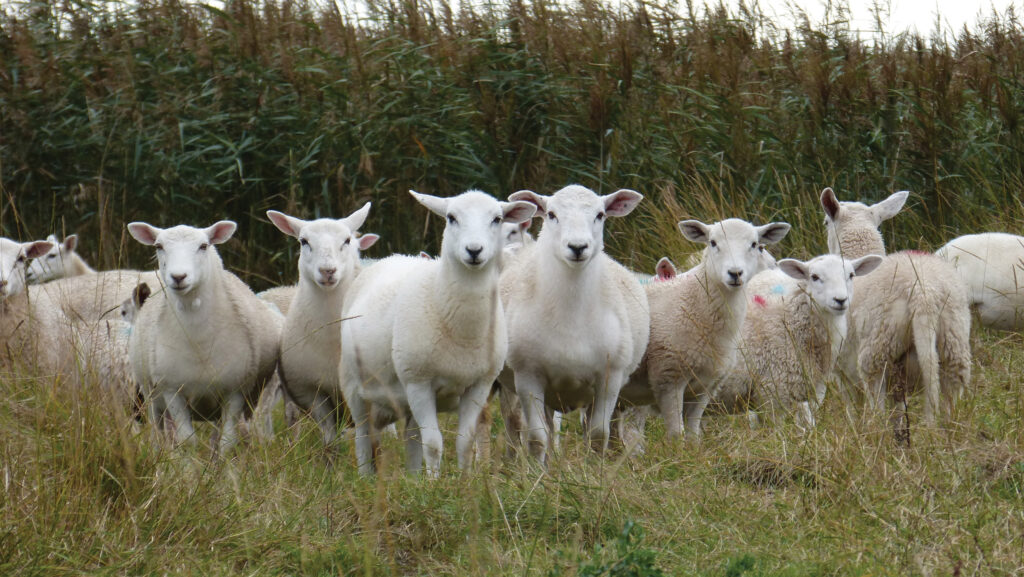 © MAG/Michael Priestley
© MAG/Michael Priestley A Monmouthshire anthropologist-cum-sheep-breeder has built and rebuilt a flock of 1,000 ewes and is still looking for the security of a tenancy.
James Edwards, now 39, has spent most his farming career living at least one hour from his sheep, as well as juggling social work, pest control, and, more recently, contract shepherding.
Not coming from a farming family, James is grateful to have grazing licences and handshake agreements.
He has lambed his ewes on an Essex marsh, 125 miles away from home, for the past two years.
See also: Heifer rearing launch pad gets new entrant dairying
Sleeping in his pickup in sub-zero temperatures has been par for the course in James’s career as he has tried to derive the bulk of his income from farming.
His balance sheet boasts a 1.7ha (4-acre) field in Monmouthshire, 15 working dogs, a pickup, a mobile handling system, 150 Charmoise ewes, 40 cattle, and 850 wool-shedding Exlana ewes.
Farmers Weekly asked James how he got onto the farming ladder.
Farm facts
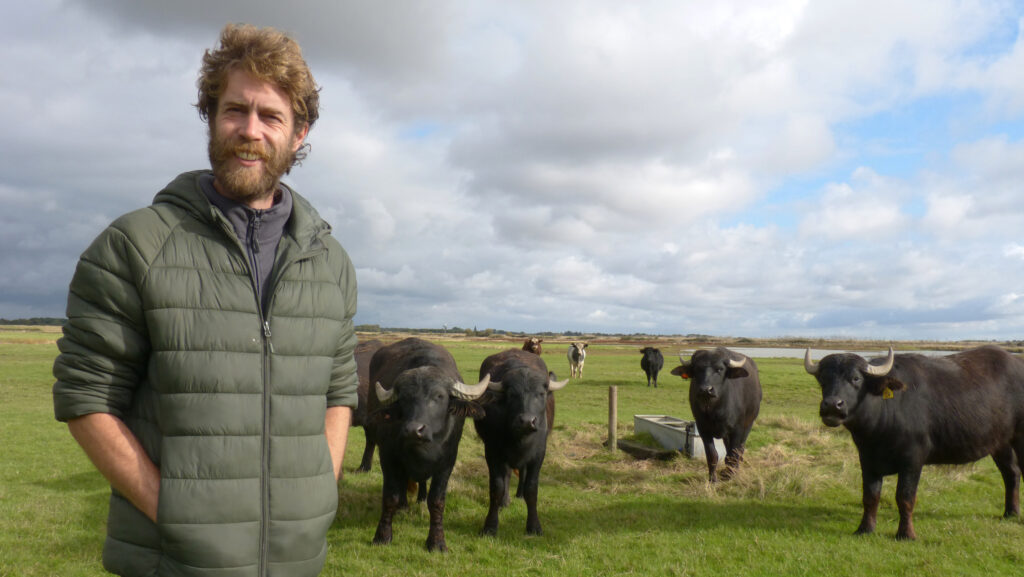
James Edwards with his water buffalo © MAG/ Michael Priestley
- 1,000 ewes and 20 native-cross suckler cows
- 15 Longhorn store cattle
- Lambs sold deadweight to ABP
- Summer and winter grazing licences in Essex and Hampshire
- Five water buffalo for value-added meat retail
What was the first ground you had access to?
A retired butcher initially let me graze a small paddock rent free in my mid-20s. This is the field I now own.
We met at a local shoot on an estate where I was working as a gamekeeper, alongside a full-time role as a secondary school social worker.
A few years later, he very kindly sold it to me for the same price he had bought it.
Where did you get your first stock?
The butcher’s field was stocked with one sow and her Saddleback piglets. I then bought three Easycare ewes as I didn’t know how to shear.
How did you build your reputation?
Working as a gamekeeper gave me a bit of kudos with landowners when I was starting out and looking for grass to graze. It helped get my foot in the door.
And working at the Kingsclere Estate, under Tim May, was huge for my CV and opened another door.
How did you build capital?
Initially, it was through non-farming activities. More recently, I have done contract shepherding and built capital in sheep, and, latterly, cattle.
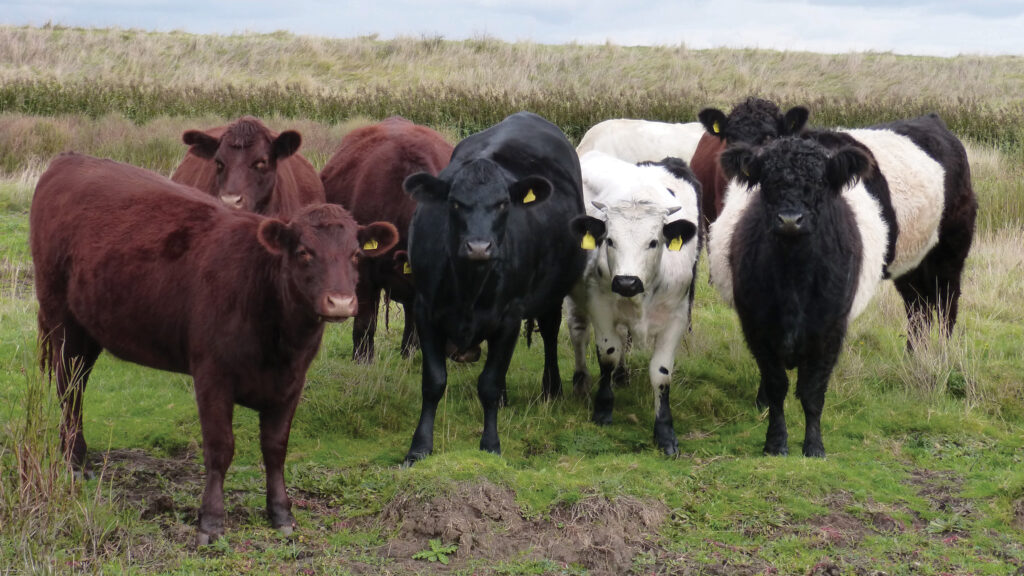
Native-cross suckler cows ©MAG/Michael Priestley
What was your first risk?
I borrowed £10,000 from a bank and bought 180 ewes to stock a 20ha (49-acre) farm next to the butcher’s field.
How did you upskill yourself?
I experienced large-scale, low-cost, regenerative farming and massively upskilled myself in herbal leys, outdoor lambing, tractor driving, fencing and so much more at Kingsclere.
Working for sheep breeder Rob Hodgkins was another great way to keep learning.
How did you increase ground?
I took on grazing lets wherever I could. Moving to Hampshire was an advantage as there were fewer stock farmers, and rents were half the cost of those in Wales.
What was your biggest risk?
Buying 700 store lambs on credit in the winter of 2023. I hadn’t sold any stock for 11 months because I’d lost 80 weaned lambs to triple drench resistance, and the rest were stunted.
I was £100,000 in debt, and friends were advising me to cash the sheep in and walk away.
Fortunately, some helpful farmers offered me cover crops to graze, and I was able to sell home-bred lambs and store lambs for a good margin in the spring.
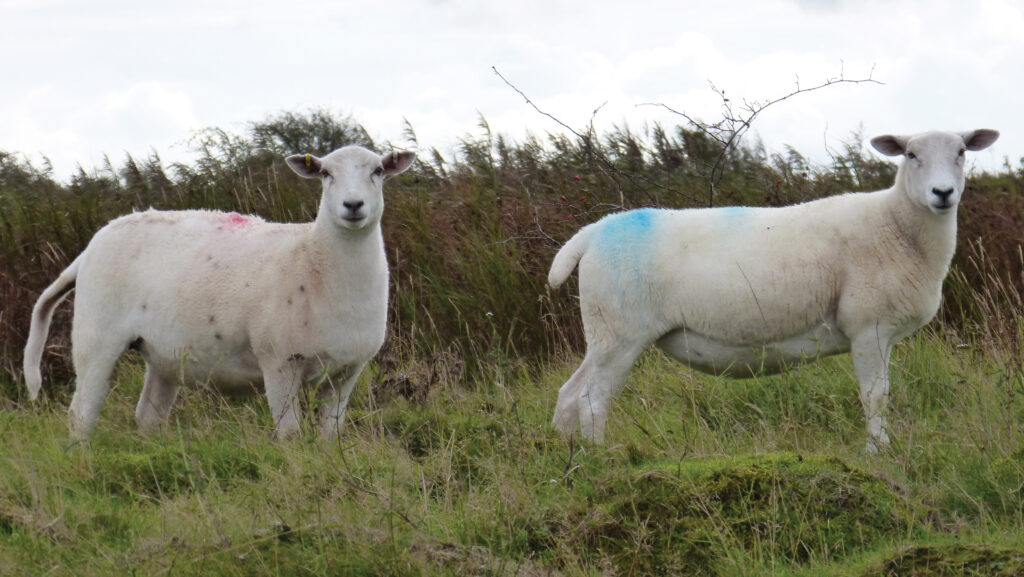
Exlana ewes © MAG/Michael Priestley
Did you have any lucky breakthroughs?
I bought a collie off Preloved for £150 and it turned out to be a phenomenal working dog.
Another piece of luck was bumping into a sheep consultant at the 2015 Exlana sale, which led to the opportunity at Kingsclere.
Did you have a low point?
My dog died of leptospirosis when I was heavily in debt. I started hearing voices and had a mental breakdown.
Did you consider giving up?
When a farmer kicked me off to clear debts, I thought about packing it in. I also struggled to find winter ground after I left Kingsclere. But I think challenges are what make you a better farmer.
What was your biggest mistake?
I was out of my depth when I was running 8,500 ewes and three full-time staff six years ago.
I was contract shepherding Kingsclere’s sheep, plus three flocks on neighbouring estates.
I found that people were harder to manage than sheep, and I was inexperienced in recruitment and staff management.
This led to disharmony developing between me and the estates.
Who would you like to thank?
Exlana breeder Tim White has taught me and helped me so much, as has vet JP Crilly. Tim May helped with ground and taught me about grassland management.
Early inspiration came from local farmer Gordon Parry and an estate stockman called David Telfer.
More recently, Rob Hodgkins helped me get on the marsh in Essex, and Ashford Market has offered me lots of flexibility and support.
What do you enjoy most about farming?
Farming is freedom – you make choices.
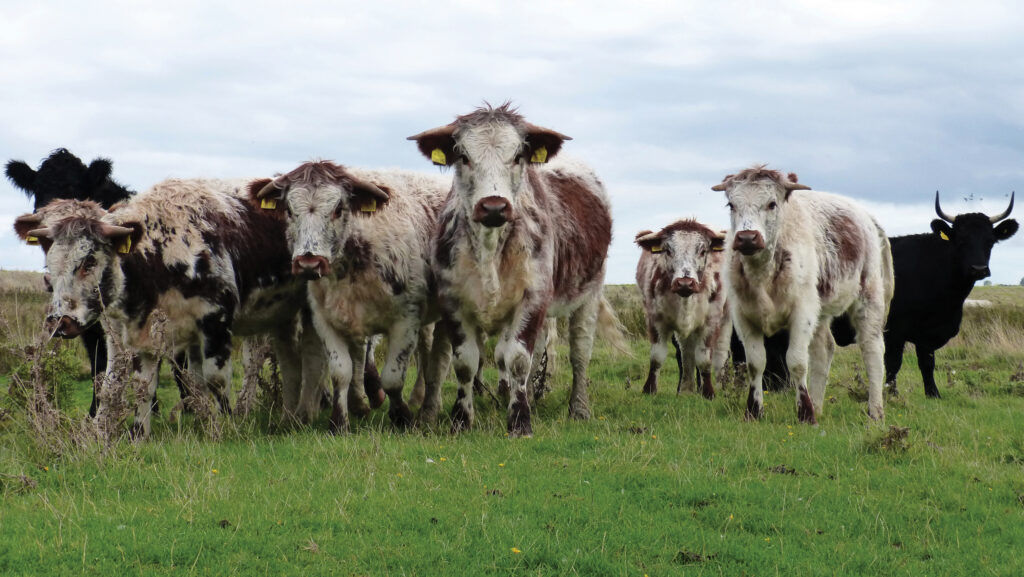
Longhorn store cattle © MAG/Michael Priestley
James Edwards’ farming ladder |
|
|
Date |
Event |
|
2025 |
A tenancy application is up in the air, leaving James homeless. He has sheep locked down under bluetongue restrictions and has wintered cattle in Hampshire, a TB-1 area. |
|
2023 |
Lambs 800 ewes on RSPB Old Hall Marshes, Essex, and expands flock to 1,000 ewes. |
|
Autumn 2022 |
Finds winter keep for 1,200 ewes in Humberside, Sussex and Monmouthshire, but James has to sell 400 ewes. |
|
Spring 2022 |
The estate serves notice after one lambing, as it wants to “rewild”. James moves to the West Midlands and gets summer grazing in exchange for help with a genetics project. |
|
2021 |
Contract shepherding at Kingsclere Estates ends as sheep are phased out to make way for dairy cows. Next-door estate gets James and sheep in to contract-farm, to build soil health. |
|
Winter 2019 |
James moves back to Kingsclere Estates with 600 ewes, which he is still contract shepherding. |
|
Spring 2019 |
James is kicked off one farm as it sells up to clear debts owed to the EU. |
|
Autumn 2018 |
James moves 600 ewes to 100ha organic research farm tenancy and spends £15,000 on fencing. |
|
Spring 2018 |
Kingsclere Estates flock grows from 1,700 to 3,300-head. James has 500 ewes of his own on rented keep in Hampshire. |
|
2015 |
Moves into tied cottage at Kingsclere Estates, Hampshire, to work as a shepherd. He moves 150 ewes of his own to rented ground nearby. |
|
2012 |
James first lambs his own 80 sheep, in Monmouthshire. |
Three farming lessons learned
- Have good dogs “It would have been impossible without them.”
- Learn from genuine agriculturalists “When I got into farming 10-15 years ago, there wasn’t a noisy social media scene. Back then, I needed to research and dig around to find good, knowledgeable and experienced people who were creating wealth from farming. These are worth their weight in gold.”
- Under-promise to over-deliver “Be realistic with what you promise landowners. Some opportunities you can let go, others you can’t.”
Source: James Edwards
